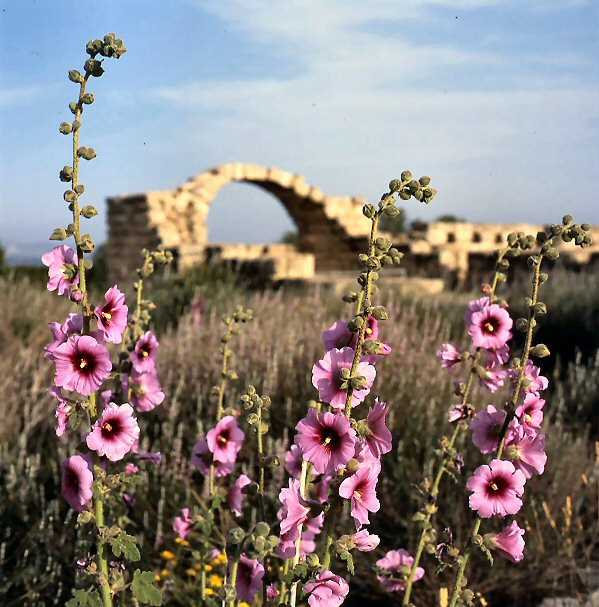
Commencement of Archaeological Excavations at Ramat Hanadiv
Ramat Hanadiv is defined geographically as a landscape unit in the southern part of Mount Carmel, characterised by a gently sloping plateau to the east and a steep cliff to the west. Its location at the meeting point between the northern coastal plan and the valley, near an important intersection in the country’s north, close to accessible water sources, and with comfortable Mediterranean topography and climate, allowed Ramat Hanadiv to become a location of human settlement and activity for thousands of years. The extensive archaeological research at Ramat Hanadiv and its surrounds indicates that human activity at this site began as early as the Prehistoric Period, and from the 2nd millennium BCE until today this region has been used by humans almost continuously.
In 1984, archaeological excavations commenced at Ramat Hanadiv, headed by the archaeologist Yizhar Hirschfeld, as part of the excavation project at Ramat Hanadiv, on behalf of the Hebrew University of Jerusalem. The excavations focussed on three sites: Horvat ‘Aqav and the spring area, which contain artifacts mainly from the Roman-Byzantine Period, and a third site, the tumulus field, from the end of the Early Bronze Period. The excavation findings have been published in detail (Hirschfeld 2000).
